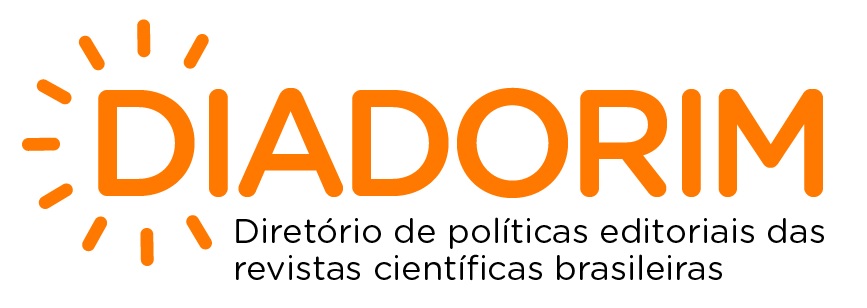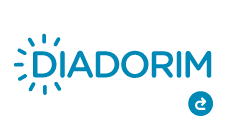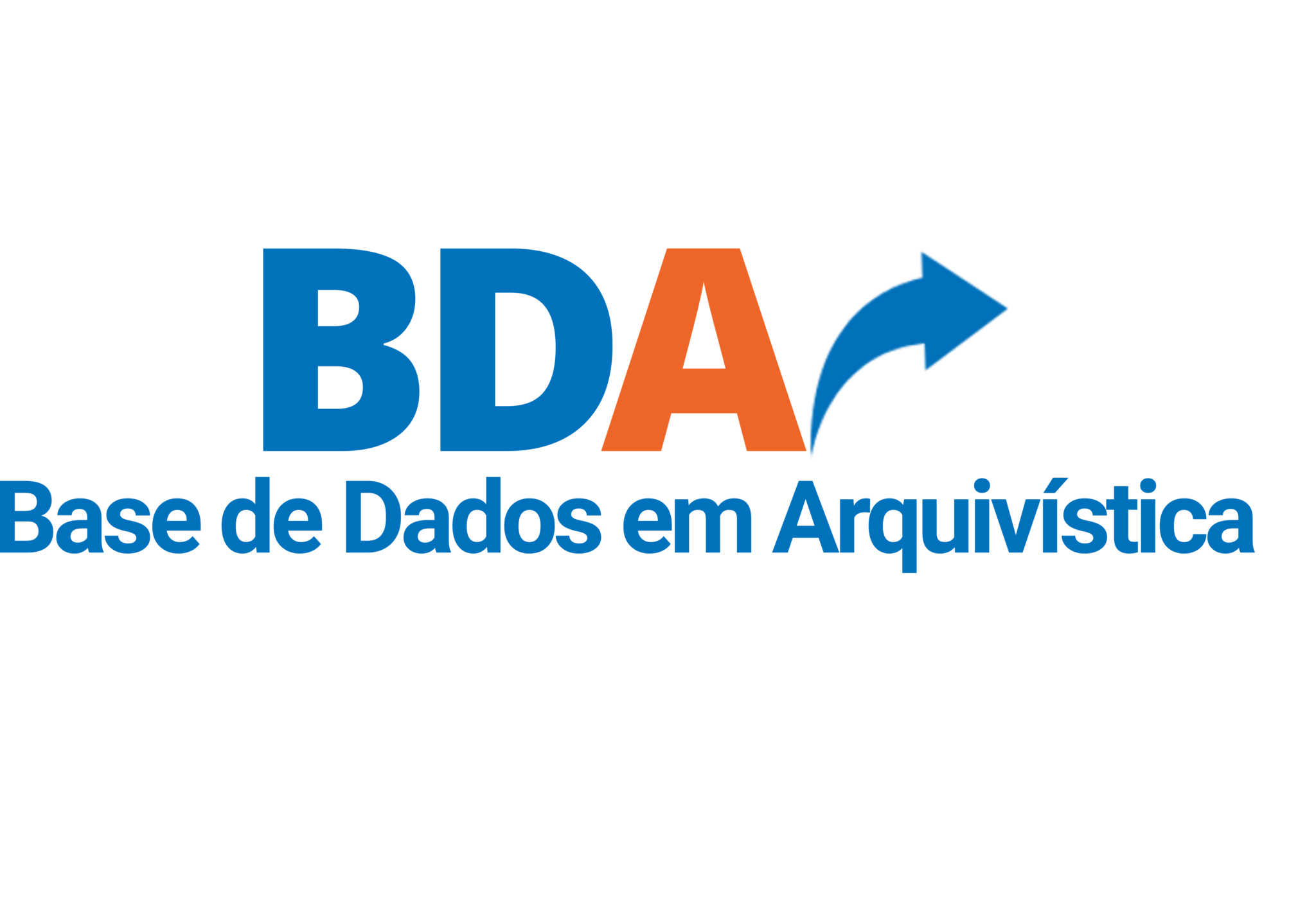Submissão
Condições para submissão
Todas as submissões devem atender aos seguintes requisitos.
- A contribuição é original e inédita, e não está sendo avaliada para publicação por outra revista; caso contrário, deve-se justificar em "Comentários ao editor".
- O texto deve ter rigor ortográfico, sendo de total responsabilidade dos autores (as) a revisão gramatical final do manuscrito.
- Nenhum dos autores possui manuscritos submetidos à Múltiplos Olhares em Ciência da Informação neste momento, seja em processo de avaliação ou edição.
- - Caso os autores sejam alunos de graduação, devem publicar os artigos acompanhados do orientador (professor); - Os trabalhos encaminhados por alunos de pós-graduação, se realizados com a participação e/ou orientação de um professor ou dentro de grupos de pesquisa, devem conter o nome do professor orientador como coautor do texto; - Pelo menos um dos autores possui o grau de Mestre.
- Inclui a declaração de notas de obra como documento suplementar no momento da submissão do manuscrito.
- O arquivo da submissão está em formato Microsoft Word, OpenOffice ou RTF e no template da revista. O texto segue os padrões de estilo e requisitos bibliográficos descritos em Diretrizes para Autores.
Artigos
Deve ter entre 4.000 e 6.000 palavras.
Artigo de opinião / Ensaio
Deve ter entre 4.000 e 6.000 palavras.
Relato de experiência
Deve ter entre 4.000 a 6.000 palavras.
Entrevista
Entrevista inédita com pessoas que possuam contribuições significativas, seja pela sua prática, seja pela sua produção acadêmica, para a área temática da Revista. Deve ter entre 1.000 e 3.000 palavras.
Dossiê temático - Práticas de organização e gestão de dados, informação e conhecimento em ambientes digitais
Práticas de organização e gestão de dados, informação e conhecimento em ambientes digitais
Declaração de Direito Autoral
Autores que publicam na Revista Múltiplos Olhares em Ciência da Informação mantêm os direitos autorais e concedem à revista o direito de primeira publicação, com o trabalho simultaneamente licenciado sob a Licença Creative Commons Attribution que permite o compartilhamento do trabalho com reconhecimento da autoria e publicação inicial nesta revista. Contratos adicionais poderão ser assumidos, separadamente, pelos autores, para distribuição não-exclusiva da versão do trabalho publicada nesta revista (exemplo: publicar em repositório institucional ou como capítulo de livro), com reconhecimento de autoria e publicação inicial nesta revista.
Autores que publicam nesta revista aceitam o compartilhamento de imagens e vídeos, referentes ao trabalho publicado, nas mídias sociais da Revista e concordam com a Política de Privacidade e Proteção de Dados Pessoais vigente na Universidade Federal de Minas Gerais.
Política de Privacidade
Os nomes e endereços informados nesta revista serão usados exclusivamente para os serviços prestados por esta publicação, não sendo disponibilizados para outras finalidades ou a terceiros.



















